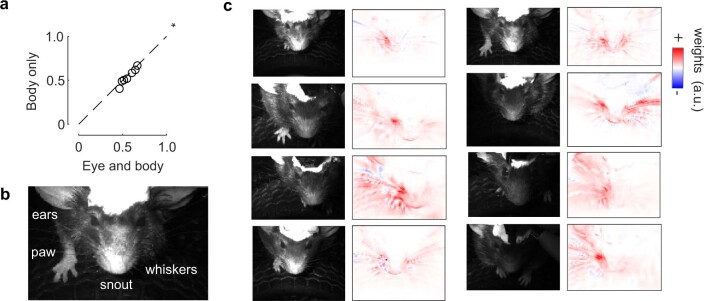Extended Data Fig. 7. Sound-evoked V1 responses are mainly explained by whisker movements.
a. Correlation of the actual data and their predictions for all mice, comparing a model containing both eye and body movements predictors (‘Eye and body’) to a model containing only body movements predictors (‘Body only’). The eye predictors only marginally increase the fit prediction accuracy (*: p = 0.039, two-sided paired Wilcoxon sign rank test, n = 6 mice), suggesting that body movements are the best and main predictors. b. Example frame of the face, with the parts of the body that were visible. c. For each mouse, we analyzed the image of the mouse (left) and obtained the weights that best predicted the auditory PC1 (right). Most of the weights are related to the whiskers. The asymmetry of the weight distribution across the two sides of the face is likely due to differences in lighting.

